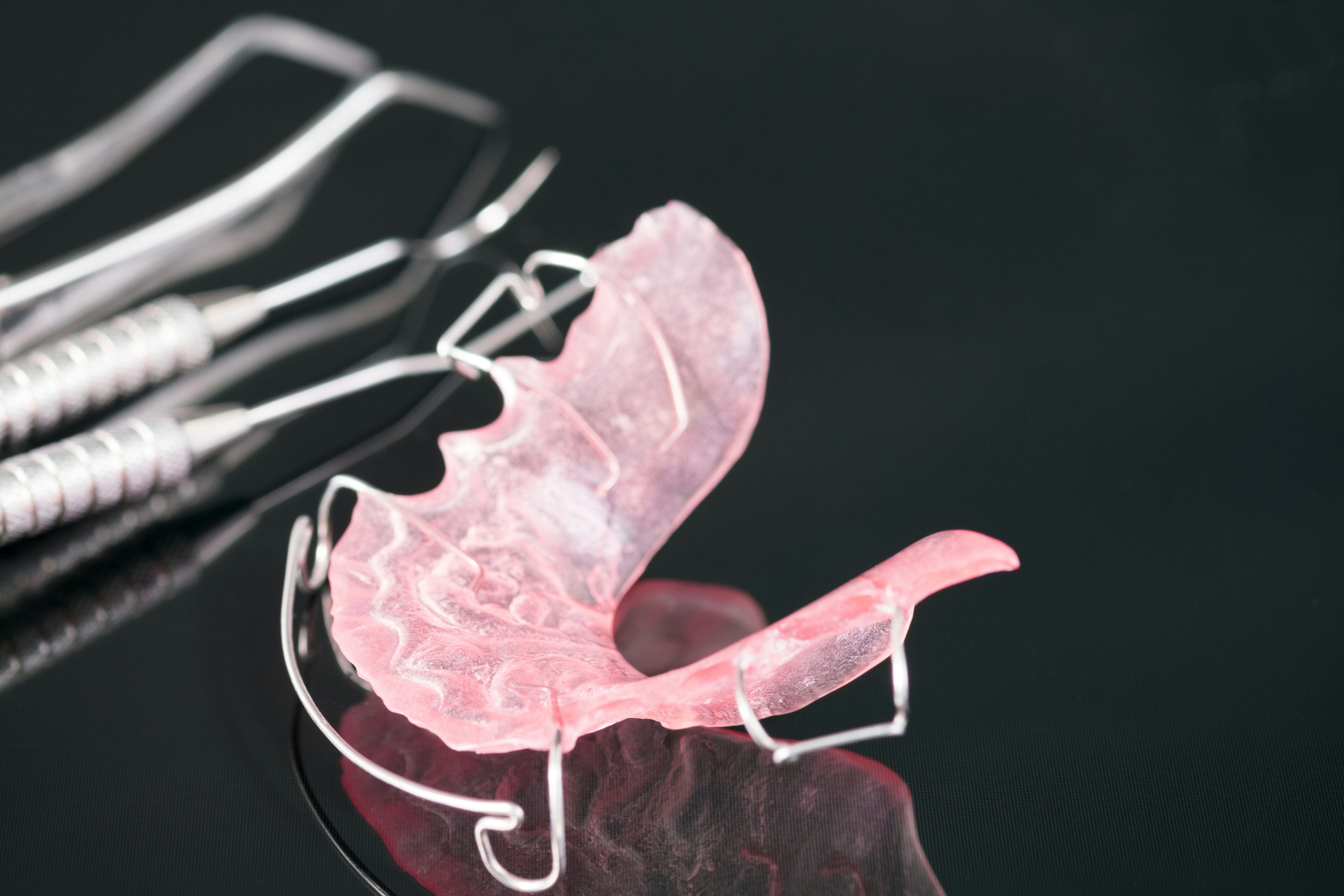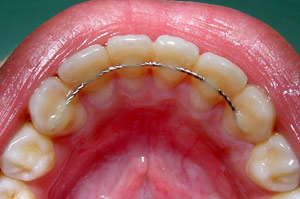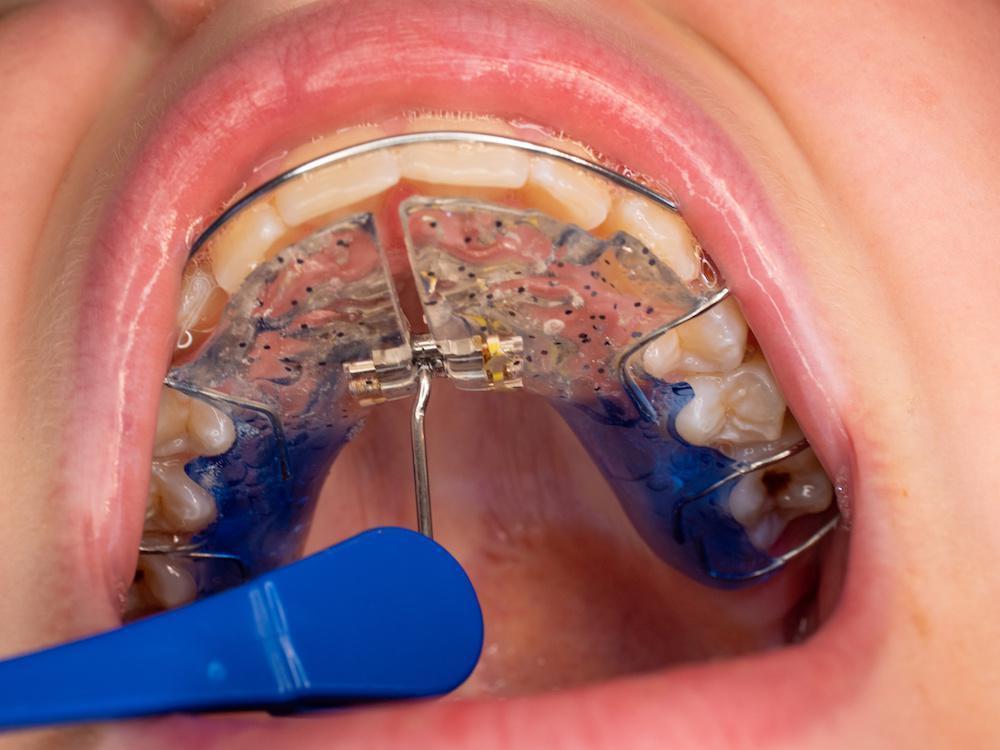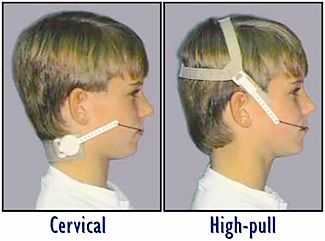What are Orthodontic Appliances
Orthodontic appliances are devices used by orthodontists to straighten teeth, correct bite issues, and improve overall oral health. These appliances can be fixed or removable, depending on the treatment needs of the patient
Fixed Orthodontic Appliances are attached to the teeth and cannot be removed by the patient. They are typically used for more complex orthodontic cases and provide continuous pressure to move teeth into their desired positions. They include; Traditional Metal Braces, Ceramic Braces and Lingual Metal Braces. This section will mainly focus on removable orthodontic appliances.
Removable Orthodontic Appliances are dental devices that can be taken out by the patient for cleaning, eating, or other activities. These appliances are commonly used in orthodontic treatment to correct minor tooth movements, align the jaws, or maintain the results of previous orthodontic treatment.




.jpg)


